Table of Contents
Welcome back to Weekly Dose of Space! This week had ten launches occur, with most in support of satellite constellations. News this week had two taikonauts break the record for the longest spacewalk, the Artemis Accords gain two more members, and two lunar landers possibly heading out to the Moon together. As always, we'll also look ahead to what the worldwide launch schedule might look like next week.
SpaceX
This week at Starbase began on December 15th when Ship 33 conducted a six-engine static fire at the Massey's test site, three sea-level and three vacuum Raptor engines were ignited. The following day, the 16th, Ship 33 performed its second static fire, igniting one sea-level Raptor engine to demonstrate an in-space burn.
Static fire of Flight 7 Starship pic.twitter.com/3Xa2bYFkdp
— SpaceX (@SpaceX) December 15, 2024
Ship 33 performing its six-engine static fire, via SpaceX on X.
Single engine static fire demonstrating a flight-like startup for an in-space burn pic.twitter.com/jELpcCOaO5
— SpaceX (@SpaceX) December 17, 2024
Ship 33 performing its single-engine static fire, via SpaceX on X.
Following the two static fires, Ship 33 returned from the Massey's test site to the production site in the early hours of December 17th. A few hours later teams were spotted removing the SpaceX sign at the entrance to the launch site. That evening SpaceX also performed a Christmas parade with an inflatable astronaut and Starship.
By December 19th, teams had removed all parts of the SpaceX sign at the launch site. A little later the beam the sign was on was also removed, possibly to allow boosters and ships to head to the second launch pad through that entrance.
Super Heavy Booster 15 left the production site early on December 21st heading for the Massey's test site, likely for cryogenic testing. Booster 15 is currently expected to fly for Starship-Super Heavy's eighth test flight.
Launches This Week
December 16th - Long March 5B with GuoWang Group 01
The first ten satellites of China's GuoWang internet mega-constellation were sent into a polar orbit by the Long March 5B, China’s second largest rocket, with a Yuanzheng-2 upper-stage. Details about the GuoWang mega-constellation are available here.
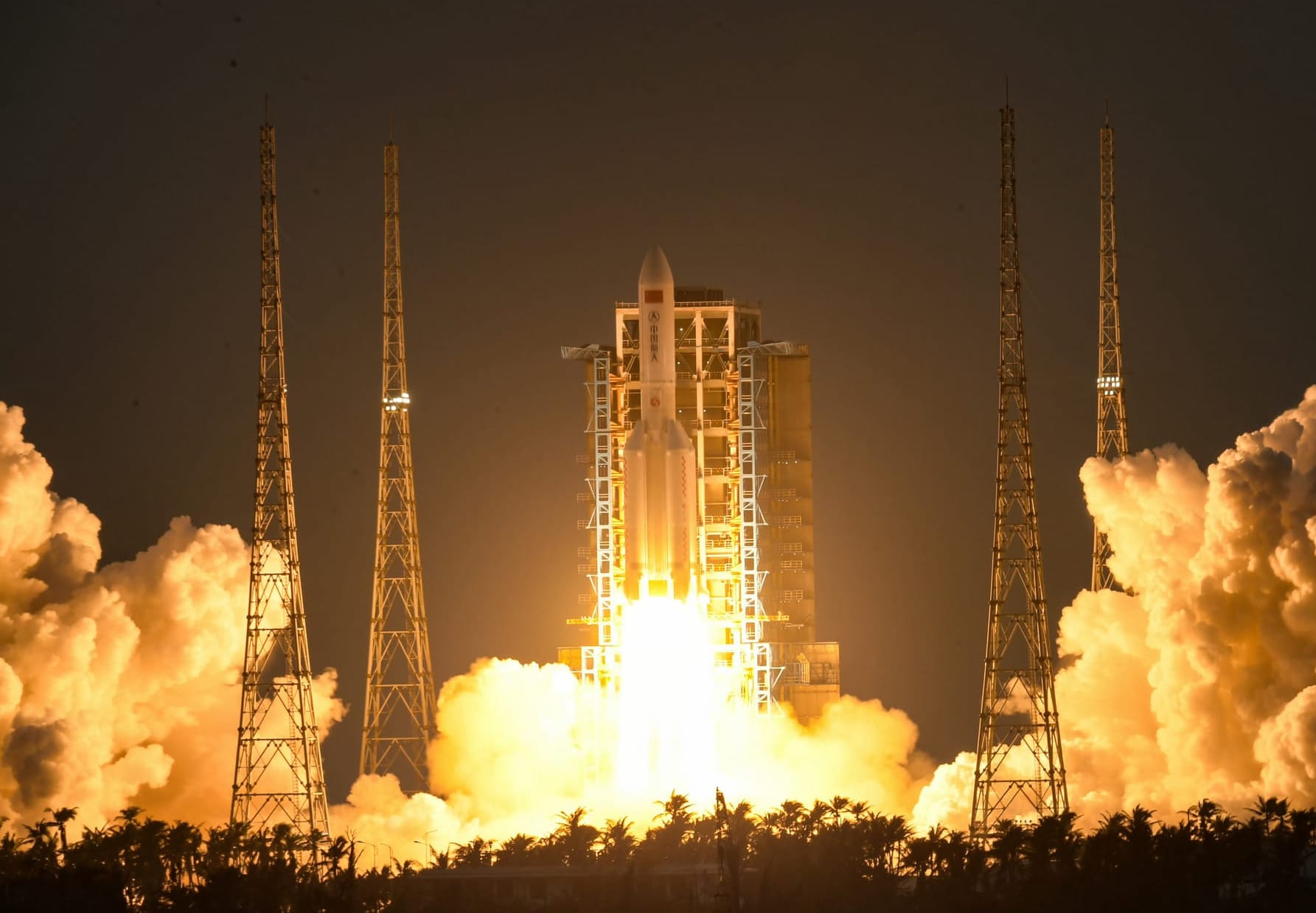
December 16th - Long March 2D with four PIESAT-2 spacecraft
A Long March 2D lifted off from the Taiyuan Satellite Launch Center carrying four PIESAT-02 satellites into sun-synchronous orbit. The PIESAT-2 spacecraft are part of Zhuzhou Space Interstellar Satellite Technology's commercial synthetic aperture radar imaging constellation which will have sixteen satellites once complete, twelve have been launched to date.

December 17th - Falcon 9 with GPS-III SV07
Falcon 9 lifted off from Space Launch Complex 40, in Florida, for the Rapid Response Trailblazer-1 mission carrying the GPS-III SV07 spacecraft into a medium Earth orbit. The Rapid Response Trailblazer-1 mission was a test between the U.S. Space Force and SpaceX to observe how fast a spacecraft could be prepared for launch, it is reported that the mission took six months to reach the launch pad.
The booster that supported this mission was B1085, flying for the fourth time, which landed downrange on the drone ship 'A Shortfall Of Gravitas'.
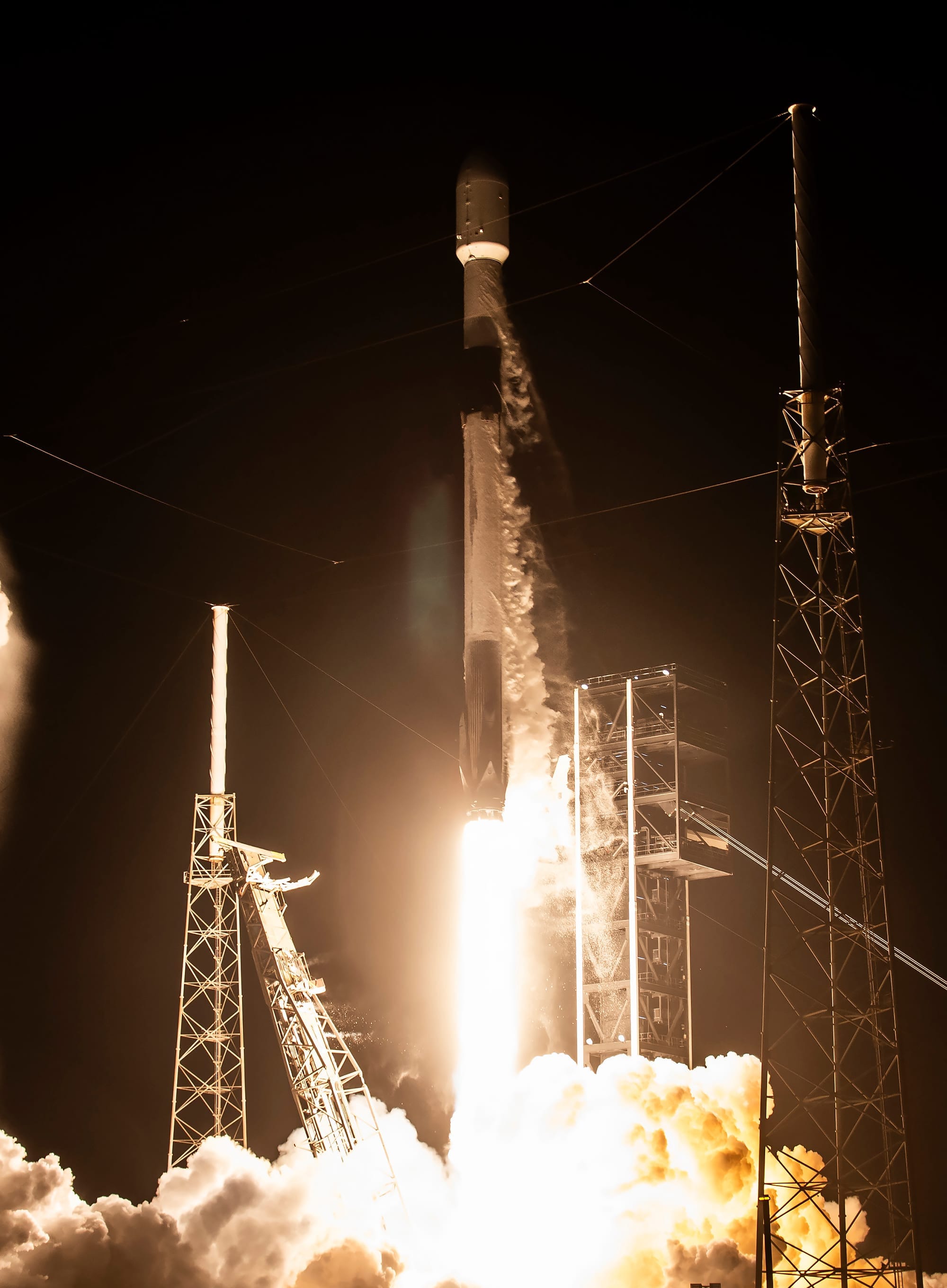
December 17th - Falcon 9 with NROL-149
Another Falcon 9 blasted off from Space Launch Complex 4E, in California, carrying a batch of Starshield satellites, the military version of Starlink, to low Earth orbit. Supporting this mission was booster B1063 performing its twenty-second mission, and landing on the drone ship 'Of Course I Still Love You' downrange.
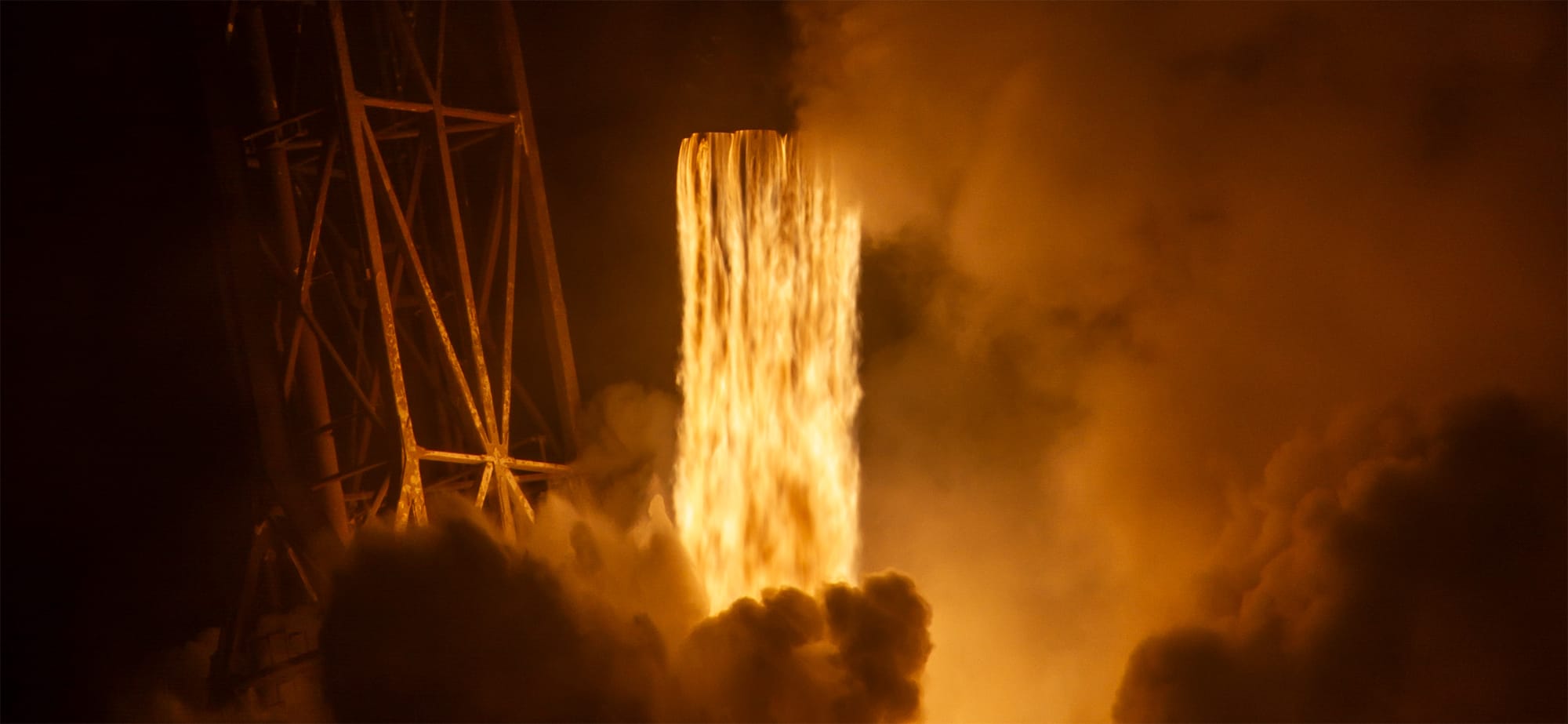
December 17th - Falcon 9 with O3b mPower 7 & 8
A Falcon 9 lifted off from Launch Complex 39A, in Florida, carrying two communications satellites into medium Earth orbit for SES. Booster B1090 supported this mission, for its first flight and landing on the drone ship 'Just Read The Instructions' downrange.
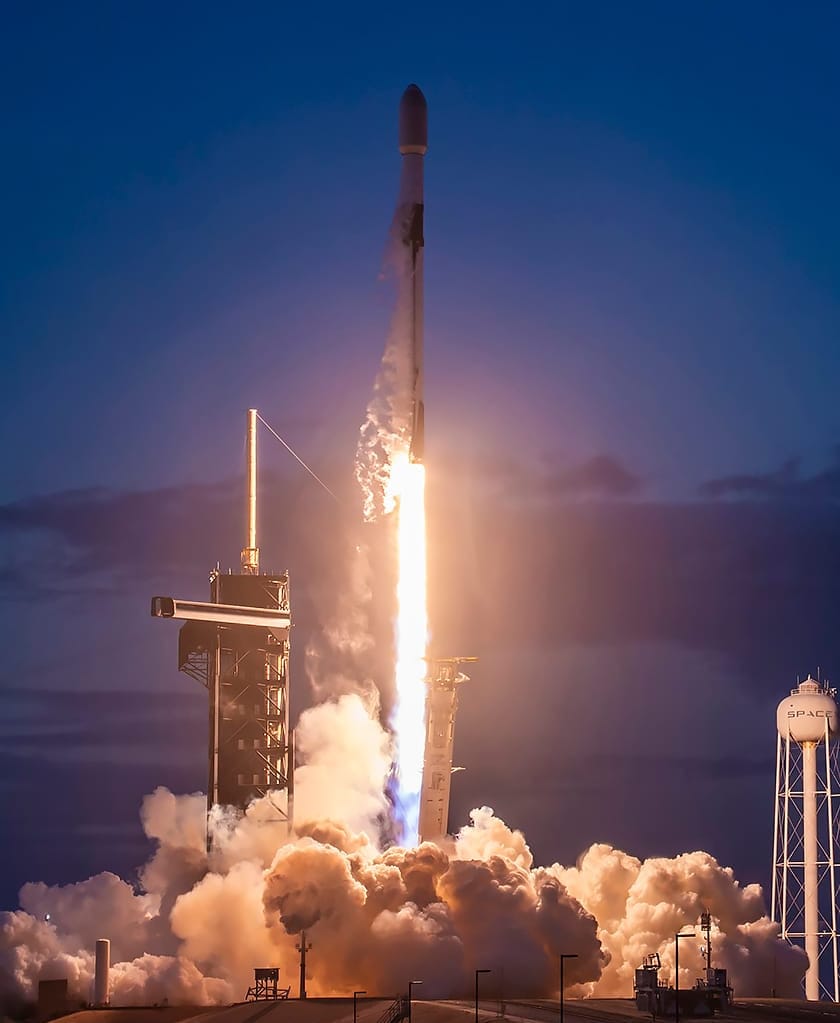
December 18th - KAIROS with five satellites
Space One performed its second launch attempt of its KAIROS rocket from Spaceport Kii, on Japan's east coast. Following a successful liftoff, the rocket experienced an anomaly and was lost along with its five payloads. Details about this launch and the payloads are available here.
【速報】小型ロケット「カイロス2号機」打ち上げ失敗
— NHKニュース (@nhk_news) December 18, 2024
上昇中にトラブル
打ち上げの失敗はことし3月の初号機に続いて2回連続で、企業が詳しい状況を調べています。
↓【詳細はこちらで】↓https://t.co/zaA5Cpf20b#nhk_video pic.twitter.com/N2z8c5aAD2
KAIROS' second launch from Spaceport Kii, via NHK on X.
December 19th - Ceres-1S with four Tianqi satellites
Galactic Energy performed its fourth sea-based Ceres-1 mission from a launch platform in the Yellow Sea. Four satellites for Guodian Gaoke's Tianqi Internet-of-Things constellation.
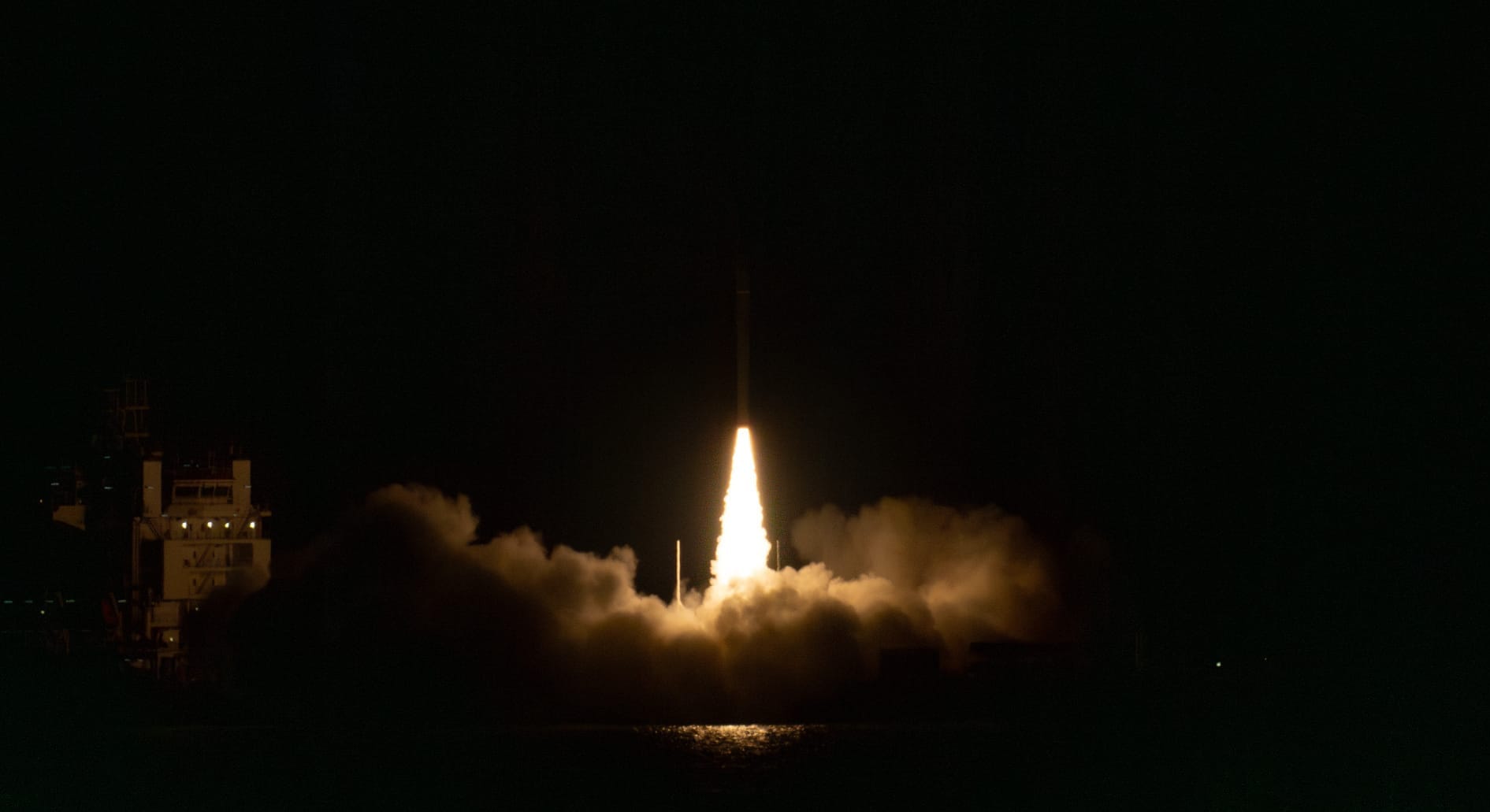
December 20th - Long March 3B/E with TJSW-12
A Long March 3B/E lifted off from the Xichang Satellite Launch Center carrying the TJSW-12 satellite into a geostationary transfer orbit. TJSW-12, known as Communication Technology Experimental Satellite-12 in English, is reported for use in satellite communications, radio, television, data transmission, as well as technology testing.

December 21st - Falcon 9 with Bandwagon 2
SpaceX performed its second mid-inclination rideshare mission from Space Launch Complex 4E carrying satellites from KOREA ADD, Arrow Science and Technology, Exolaunch, HawkEye 360, Maverick Space Systems, Sidus Space, Tomorrow Companies Inc., True Anomaly, and Think Orbital into low Earth orbit. Supporting this mission was booster B1071, flying for the twenty-first time and landing back at Landing Zone 4 in California.
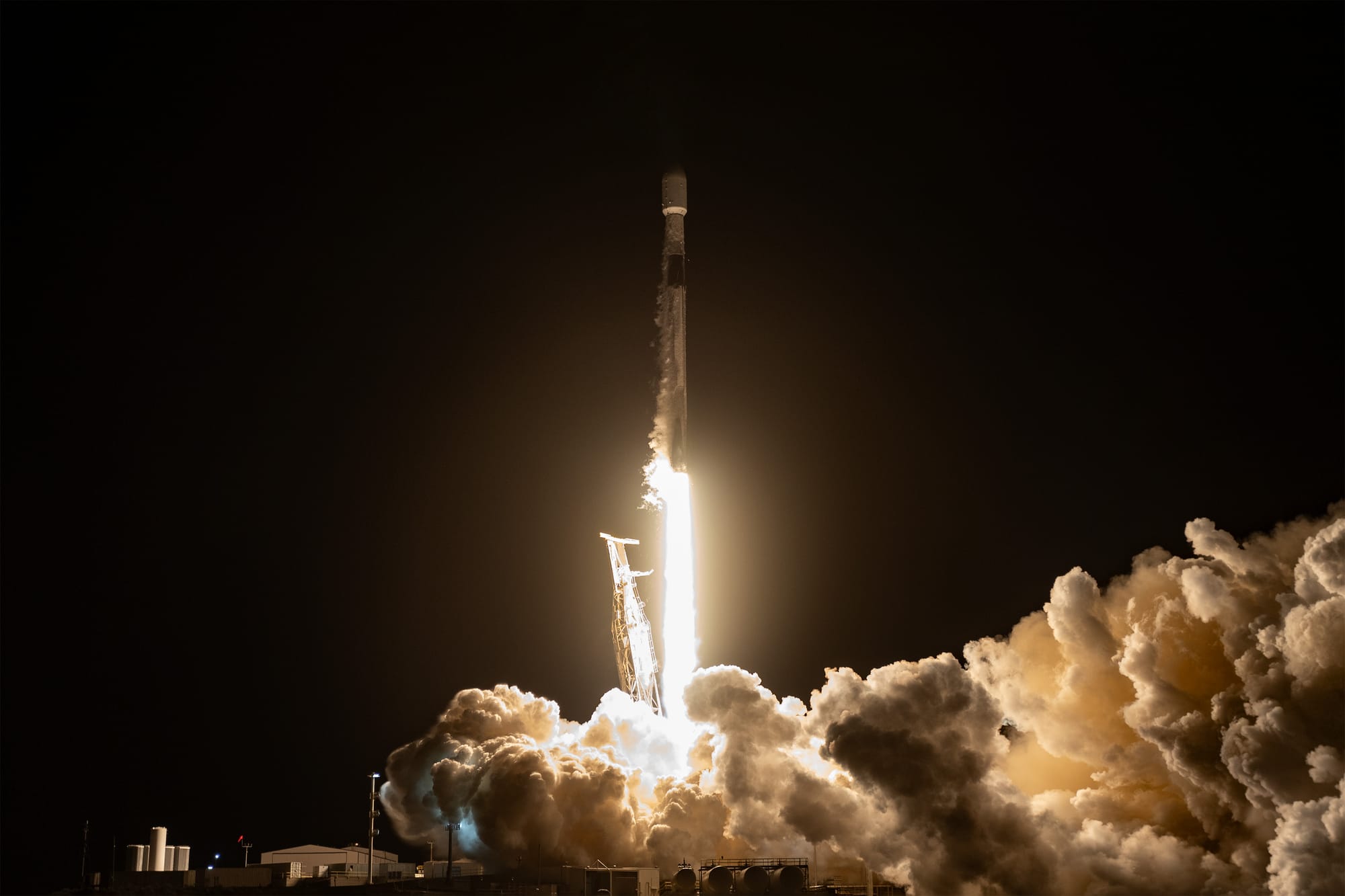
December 21st - Electron for 'Owl The Way Up'
Rocket Lab launched its Electron rocket from Launch Complex 1B, on the Māhia Peninsula in New Zealand, carrying one of Synspective's synthetic aperture radar satellites into low Earth orbit. This satellite is expected to provide imagery of the Earth below that can detect millimeter-level changes.
Lift-off! We’re going #OwlTheWayUp pic.twitter.com/ZZXnCFfxhd
— Rocket Lab (@RocketLab) December 21, 2024
Electron lifting off from Launch Complex 1B for 'Owl The Way Up', via Rocket Lab on X.
In Other Space News
Thailand and Lichtenstein sign Artemis Accords
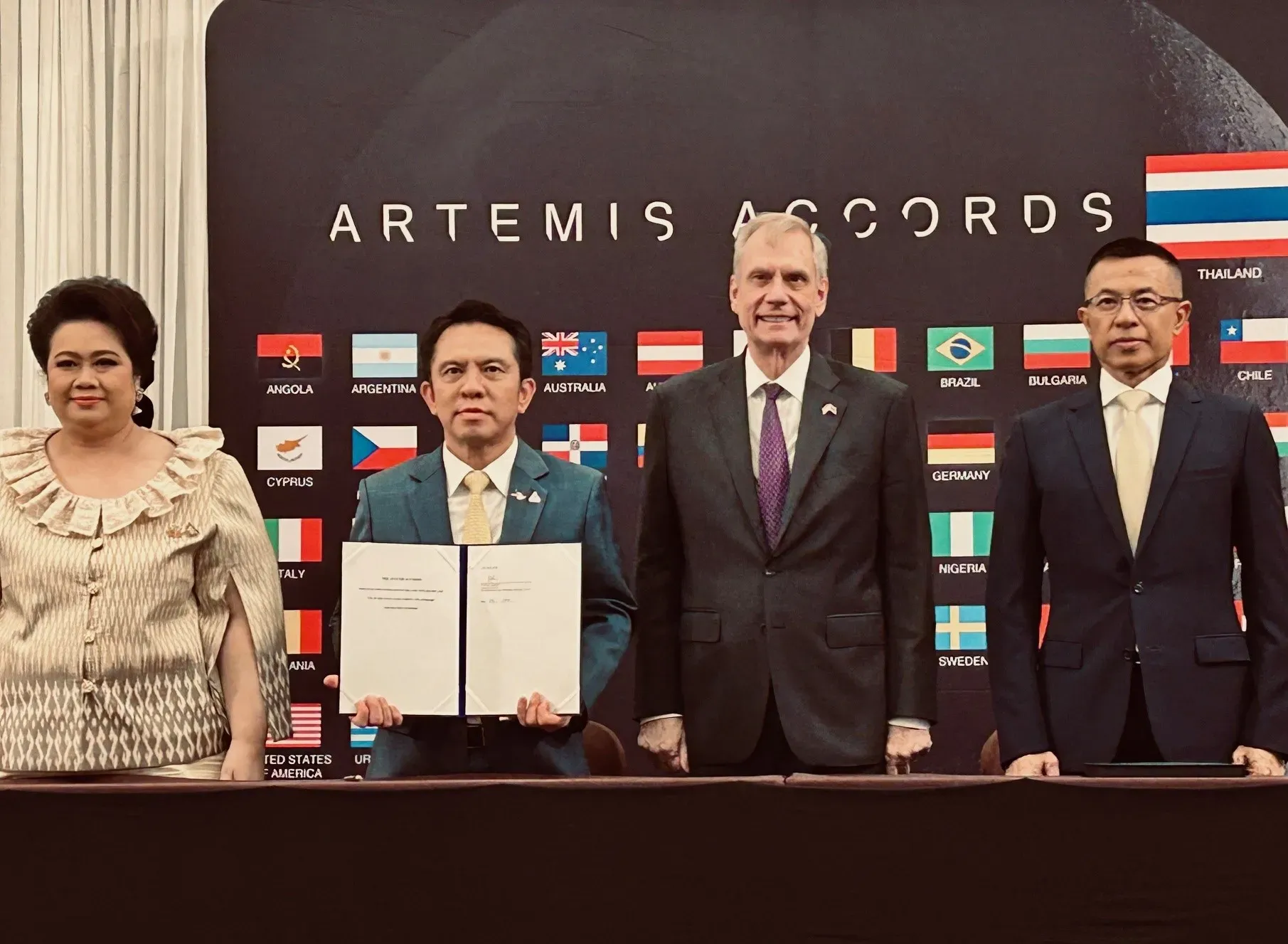
NASA announced on December 16th that Thailand became the fifty-first signatory of the U.S.-led Artemis Accords. The signing ceremony took place in Bangkok, Thailand's capital, with Supamas Isarabhakdi, Thailand’s Minister of Higher Education, Science, Research and Innovation, Pakorn Apaphant, Executive Director of GISTDA, Suwat Jangyodsuk, Chairman of GISTDA, and Robert Godec, U.S. Ambassador to Thailand, participate. GISTDA, Geo-Informatics and Space Technology Development Agency, is Thailand's space agency.
NASA's outgoing Administrator, Bill Nelson, commented on the singing via a pre-recorded message saying:
“Thailand’s commitment to the Artemis Accords will enhance the country’s engagement with NASA and the international community,” – “By signing the accords, Thailand builds upon an important foundation and shows great leadership for the open, responsible and peaceful exploration of space.”
A little over eight months ago, back in April, Thailand also joined the China-led International Lunar Research Station. Having now signed the Artemis Accords, Thailand is the first nation to agree to both international lunar agreements, according to U.S. officials nothing prevents other countries from following Thailand's example. At the 19th Annual Eilene M. Galloway Symposium on December 13th, Brian Wessel, an attorney in international space law, said that the Artemis Accords are a set of principles while the International Lunar Research Station is a program of cooperation.
Four days later Liechtenstein also signed the Artemis Accords, becoming the fifty-second signatory. Rainer Schnepfleitner, Director of Liechtenstein’s Office for Communications, signed on behalf of Liechtenstein with Georg Sparber, Ambassador of the Principality of Liechtenstein to the United States, Scott C. Miller, U.S. Ambassador to the Swiss Confederation and the Principality of Liechtenstein, and Pam Melroy, NASA Deputy Administrator, taking part in the signing ceremony at NASA Headquarters.
With the signing, Thailand and Liechtenstein join Australia, Canada, Cyprus, Chile, Italy, Japan, Luxembourg, the United Arab Emirates, the United Kingdom, the United States, Ukraine, the Republic of Korea, New Zealand, Brazil, Poland, Mexico, Israel, Romania, Bahrain, Singapore, Colombia, France, Saudi Arabia, Nigeria, Rwanda, the Czech Republic, Spain, Ecuador, India, Argentina, Germany, Iceland, the Netherlands, Bulgaria, Angola, Belgium, Greece, Uruguay, Switzerland, Sweden, Slovenia, Lithuania, Peru, Slovakia, Armenia, Estonia, Denmark, the Dominican Republic, Panama, and Austria.
Shenzhou-19 set new spacewalk record!
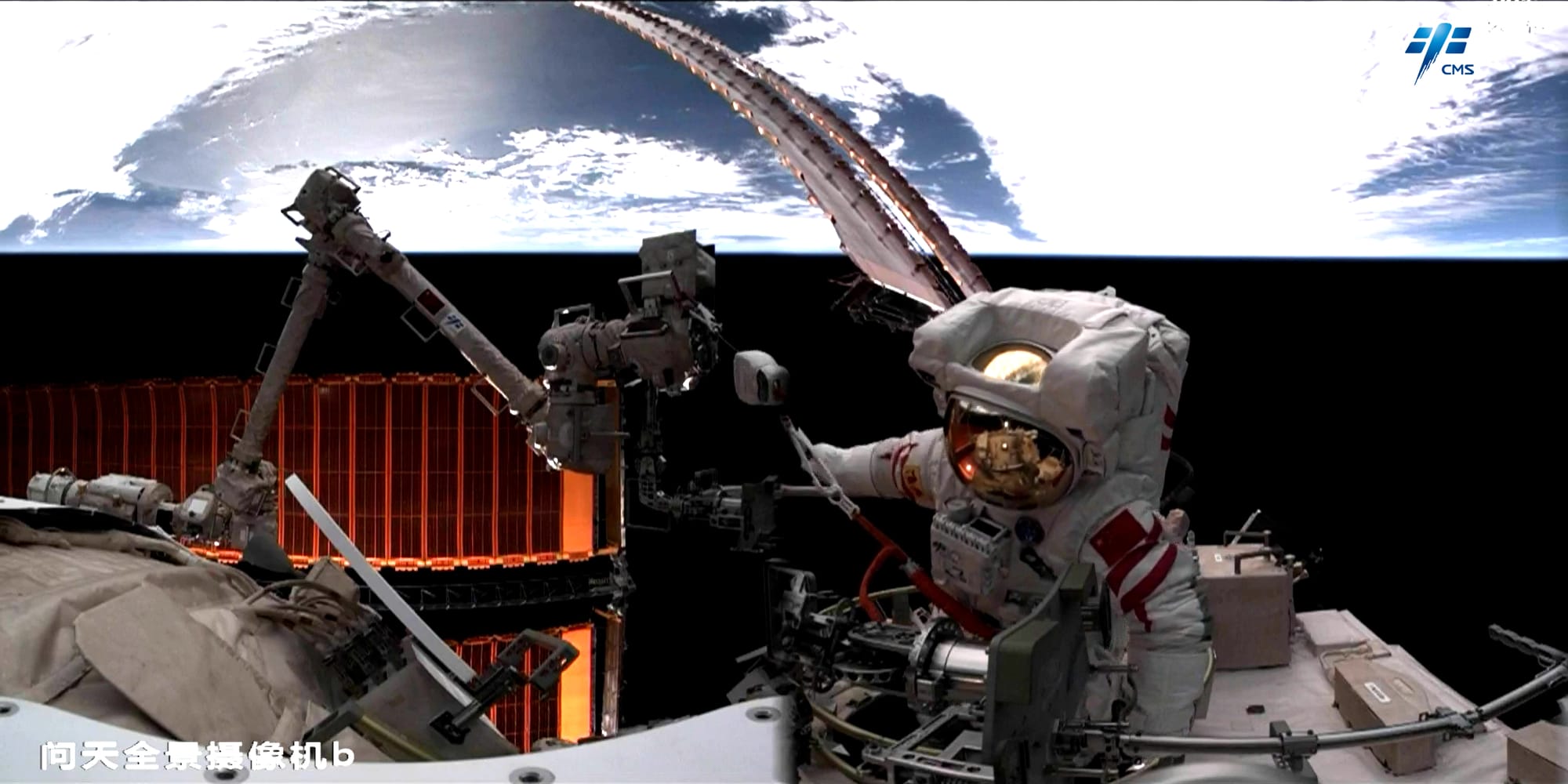
On December 17th, taikonauts Cai Xuzhe and Song Lingdong performed the first spacewalk of the Shenzhou-19 mission, leaving the Tiangong Space Station through the Wentian modules airlock. Wang Haoze, the third crew member for the mission, remained inside the station to support the two spacewalkers.
While outside the station, Cai and Song performed maintenance and inspections of external hardware along with installing protective materials to mitigate the impact of space debris and micrometeorites.
This spacewalk lasted from 12:51 pm to 21:57 pm China Standard Time (or 04:51 am to 13:57 pm Universal Coordinated Time), with a total duration of nine hours and six minutes. The length of this spacewalk broke the existing record by ten minutes, having been set by James Voss and Susan Helms in March 2001 for the STS-102 mission.
The record-breaking spacewalk was Cai Xuzhe's third spacewalk of his career while it was Song Lingdong's first. With this spacewalk, Song also became the first 'post-1990' taikonaut to perform one.
Firefly and ispace to share a Falcon 9
SpaceNews is reporting that Firefly's Blue Ghost 1 and ispace's second Hakuto-R mission will fly to the Moon on the same Falcon 9 launch. This report also follows a story published by Bloomberg on December 11th citing sources familiar with the launch manifest.
On December 17th during ispace's pre-launch keynote, the company stated that Hakuto-R's second mission will launch alongside another private company's lunar lander on the same rocket. With both landers flying on the same Falcon 9, Firefly's Blue Ghost 1 mission will be released first before the rocket reignites its second-stage, then deploying Hakuto-R. The two landers will then head out to the Moon under their own power.
Both Firefly and SpaceX refused to responded to SpaceNews' questions about the two landers flying on one Falcon 9.
What to Expect Next Week
Starbase
SpaceX is currently preparing to perform Starship-Super Heavy's seventh flight test utilizing Booster 14 and Ship 33, the first 'Block 2' Starship upper-stage. This launch may take place in early January 2025, but the U.S. Federal Aviation Administration has recently granted a launch license for the mission. Both vehicles needed for flight have also completed pre-launch static fires and individual tests.
December 23rd - Falcon 9 with Starlink Group 12-2
SpaceX is expecting to launch a batch of Starlink satellites to low Earth orbit from Launch Complex 39A atop of a Falcon 9.
December 25th - Annual Unidentified Flying Object
An unidentified flying object that travels around the globe each year, at 0.5% of light speed, is expected to make another trip across the planet. This unidentified object is reported to be a sleigh powered by nine reindeer. NORAD is preparing to track the unidentified flying object.
December 25th - Soyuz 2.1b with Reusrs-P No. 5
A Soyuz 2.1b is expected to launch from the Baikonur Cosmodrome carrying the commercial Earth observation satellite Reusrs-P No.5 into a sun-synchronus orbit.
December 26th - Kinetica-1 with a to-be-announced payload
CAS Space's Kinetica-1 rocket may launch its sixth mission with a launch from the Jiuquan Satellite Launch Center.
December 27th - Falcon 9 with Thuraya 4-NGS
Yet another Falcon 9 is expected to launch from Space Launch Complex 40 carrying the Thuraya 4-NGS communications satellite to a geostationary transfer orbit on behalf of UAE-based Al Yah Satellite Communications.







